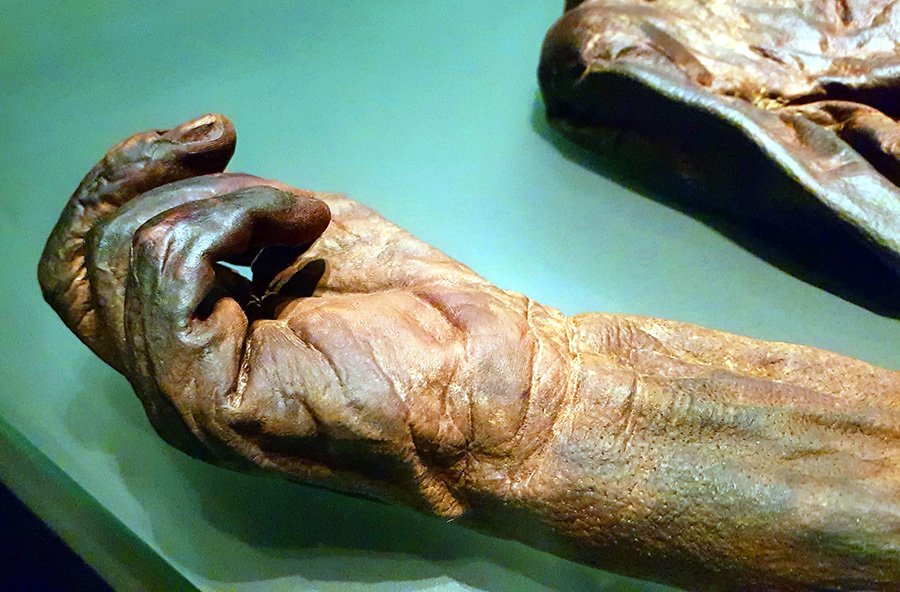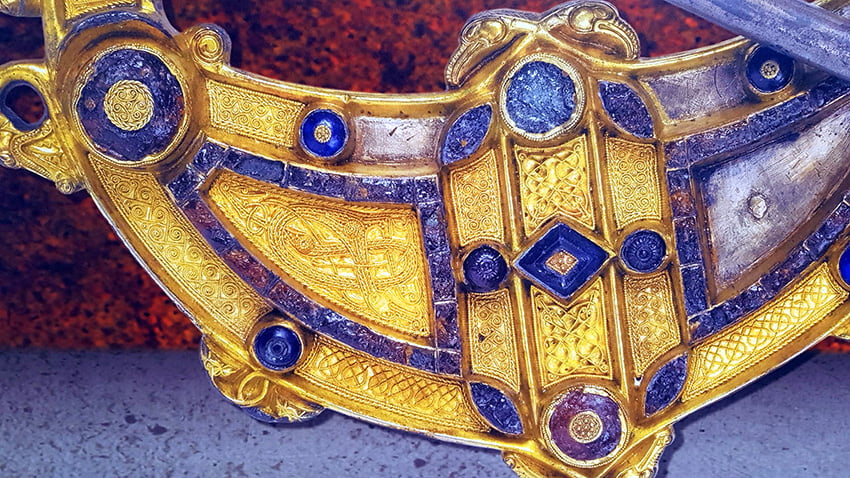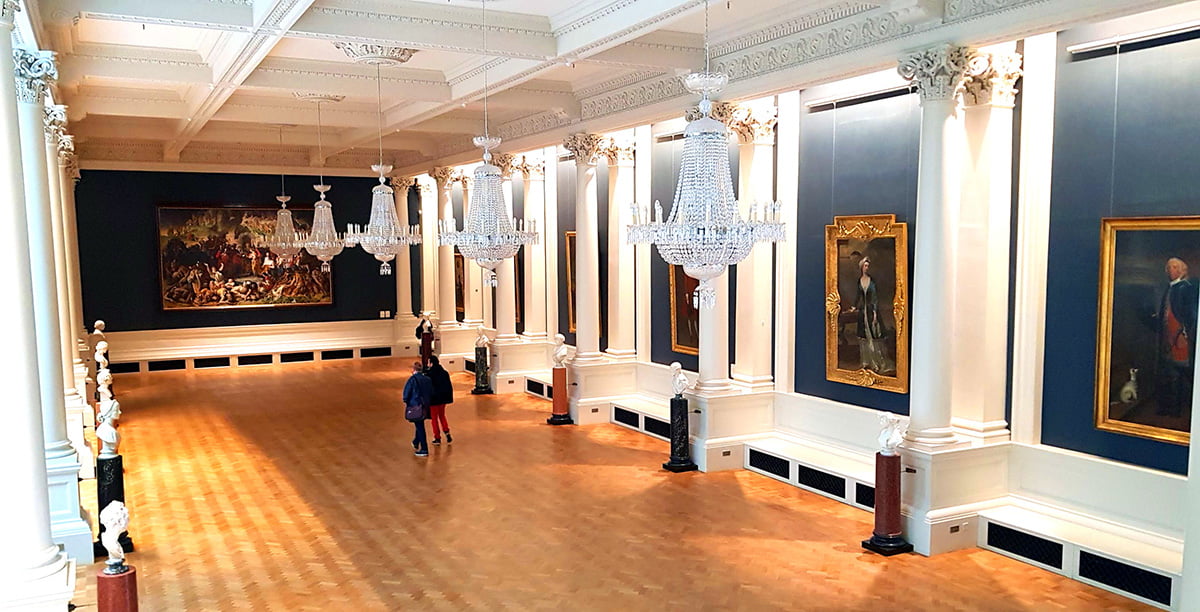Published: August 28, 2023
Dublin city history uncovered through its best museum collections
One common question from travellers, especially those arriving to Dublin during the autumn-winter-spring season, is “What do we do if it rains?”
As a rule, rain is an uninvited participant we account for on every tour. You cannot make your travel plans for Ireland contingent upon dry weather. If our medieval ancestors had done so they would never have sailed the Atlantic ocean: “I dunno Brendan, it’s kinda drizzly outside, let’s leave this sailing business until next time when we can tan on the deck.”
With this in mind, it is indeed possible to design a Dublin tour fit even for the worst imaginable weather scenario.
Many tend to skip the museums – especially if you are in Dublin only for a short visit. Indeed, there is so much to see ‘live’ that not enough time is left for the glass displays and oil on canvas. Yet a lot of Dublin’s and Ireland’s history can be traced through the works of visual art exhibited at the National Gallery, the ancient artefacts assembled under the roof of the Museum of History and Archaeology, or on the pages of literary works at the National Library collection.
Starting in ancient Ireland and building your itinerary up to modern days, a walk through the museums nested in the Dublin city centre provides for a multidimensional – and entirely indoor – experience of Irish history.
From pagan gods to Christendom
In 2003, two bodies were discovered in the Irish bogs. The Gardaí (police) were called as it looked like the men might have been killed about 30 years ago. But when the post-mortem was carried out, it was revealed that the estimated time of death was not 30 years ago – or 100, 500, or even 1000. The bog’s oxygen-free and acidic environment has preserved the bodies for over 2200 years, keeping the skin and even hair almost intact. The Kingship & Sacrifice Exhibit of the National Museum of Archaeology explains how the Irish bogs have become a perfectly preserved Iron Age crime scene, and what happened to the Clonycavan Man and Old Croghan Man who were thrown in the bog over two millennia ago.

Ireland’s Golden Age
If you are not keen on archaeological crime scenes, perhaps Europe’s biggest gold collection (outside of Greece) may catch your attention at the National Museum of Archaeology. Ireland’s Golden Age, between 700-800AD, inspired freedom fighters and artists of modern times, as well as an average Joe in contemporary Ireland, with an admiration and fascination for national history, mythology, and Ireland’s role in European society.

The Irish art of storytelling
There isn’t a work of modern Irish literature that isn’t woven with the threads of folklore and Irish mythology. For more than anyone, the stories of ancient heroes were vital for William Butler Yeats, who used the legends of Ireland to tell the story of his contemporaries – and his own. In the halls of the National Library, you will meet legendary heroes whose names transcended time to end up on the pages of James Joyce, Pádraig Pearse, and Seamus Heaney.
Artist’s duty before the nation
At the turn of the 19th-20th century, Irish society was on the brink of a new era. Just a few years into the new century, the Easter Rising marked the beginning of the end for British rule in Ireland, and the Civil War that followed displayed painful divisions that ran through the fabric of Irish society. For some contemporary artists, living in the time of turmoil and division was an opportunity to fill their works with symbolism and political undercurrents. Others deliberately compartmentalised their political views and their art, portraying Ireland’s idyllic landscape as a reflection of oneself. Among the latter, was the other Yeats brother – Jack, whose collection is displayed at the National Gallery.

If you’re interested in seeing the highlights of the National Gallery, National Library and National Museum of Archaeology and History, be sure to check out our museums tour! We have created a succinct 3-hour tour (with a coffee break) to ensure that we do justice to these national institutions.
No technical jargon, just insights, metaphors, Irish history and culture.
Click here to learn about our Museums Tour of Dublin: Treasures of Ireland
Sign up to our Newsletter
For advice from our expert guides on planning your trip to Dublin.

 Belfast
Belfast